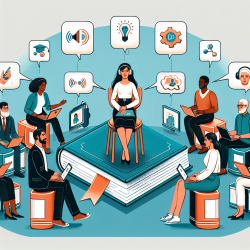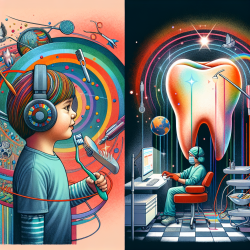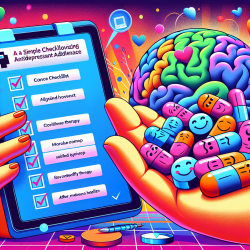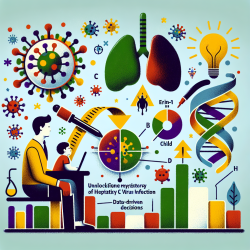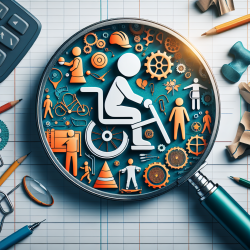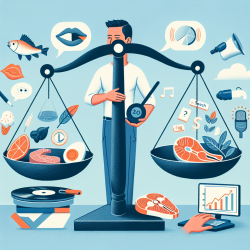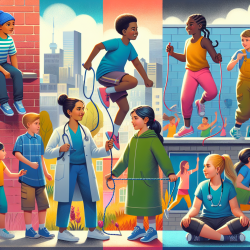As professionals dedicated to the field of special education and aural rehabilitation, it's essential to continually seek out resources that can enhance our understanding and skills in supporting students with hearing impairments. "Deafness in Perspective," edited by David M. Luterman, is a seminal work that offers a comprehensive overview of the developments in deaf education and aural rehabilitation over a crucial 20-year period from 1965-85. This resource can serve as a valuable tool for practitioners looking to improve their practice by integrating historical insights with modern approaches to deaf education.
The book, resulting from a symposium commemorating the 20th anniversary of the Thayer Lindsley Parent Centered Nursery of Emerson College, compiles contributions from various clinicians and researchers in the field. It provides a historical perspective through the discussion of selected themes, rather than a chronological recount of events, offering a unique lens through which current and future practitioners can view the evolution of deaf education and aural rehabilitation.
Here are several key takeaways from "Deafness in Perspective" that can aid practitioners in enhancing their skills:
- Interdisciplinary Collaboration: The book highlights the importance of interdisciplinary collaboration among otologists, audiologists, and teacher/clinicians. Understanding the roles and insights of these professionals can enhance comprehensive care and educational strategies for students with hearing impairments.
- Technological Advances: A significant portion of the book is devoted to the development of amplification devices, including classroom amplification systems, cochlear implants, and vibro-tactile aids. Staying informed about these technological advances and their application in educational settings can greatly benefit practitioners in supporting their students' communication and learning needs.
- Mainstreaming and Inclusion: The discussion on mainstreaming outlines the factors that should be considered when integrating hearing-impaired/deaf students into general education classrooms. This section can help educators and therapists understand the challenges and opportunities of inclusion, guiding them in creating more accessible and supportive learning environments.
- Modes of Communication: "Deafness in Perspective" explores the philosophy of total communication and the benefits of oral/aural communication. Familiarizing oneself with these communication modes and philosophies can help practitioners support diverse communication needs and preferences among their students.
- Family Involvement: The increasing role of parents and family members in the educational and rehabilitation process is emphasized. This insight underlines the importance of engaging families in the therapeutic process, encouraging a collaborative approach to supporting the child's development.
- Social and Cultural Considerations: The final chapters address social issues related to deafness and the impact of communication accessibility on the social structure of deaf individuals and their communities. Awareness of these aspects can enhance practitioners' cultural competency and sensitivity, contributing to more inclusive and respectful practices.
By reflecting on the historical developments and themes presented in "Deafness in Perspective," practitioners can gain a deeper understanding of the field's evolution and the foundational principles that continue to guide effective practice in deaf education and aural rehabilitation. This knowledge can inform the development of innovative strategies and interventions that address the unique needs of students with hearing impairments, ensuring that they receive the highest quality of education and support.
Incorporating the outcomes and insights from this research into practice not only enriches the practitioner's skill set but also contributes to the ongoing advancement of the field. It encourages a reflective practice that is informed by both historical context and contemporary evidence, fostering a dynamic and responsive approach to deaf education.
For those interested in further exploring the rich history and foundational concepts of deaf education and aural rehabilitation, "Deafness in Perspective" is an invaluable resource. It provides a well-rounded understanding that can enhance the practice of current and future professionals dedicated to supporting individuals with hearing impairments.
To read the original research paper, please follow this link: Deafness in Perspective.
